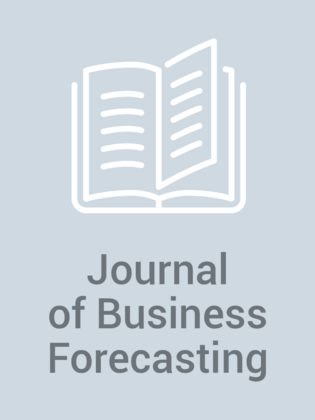Don’t Just Measure Forecast Errors
DON’T JUST MEASURE FORECAST ERRORS By Larry Lapide (This is an ongoing column in The Journal, which is intended to give a brief view on a potential topic of interest to practitioners of business forecasting. Suggestions on topics that you would like to see covered should be sent via email to llapide@ mit.edu.) “If only we could do a better job of forecasting demand.” If I had a dollar for every time I heard this, I would be partying on a big yacht in the Mediterranean rather than working for a living. This statement is usually made by managers asking my advice on how to improve their forecasting process because they feel their forecast errors are much too high. Recently, for example, someone asked me what is a benchmark of forecast error for a consumer products company. I stated that the best is 25% error, but typically it is 50% at the stockkeeping- unit (SKU) and location (such as a warehouse) level. He was shocked to hear this since he was experiencing 50% or greater errors; he thought his results were much worse than others. This manager then asked what he should do about this. I glibly told him to do the best job he could to improve forecast accuracy, but recognize ...
From Issue:
Summer 2007
(Summer 2007)









